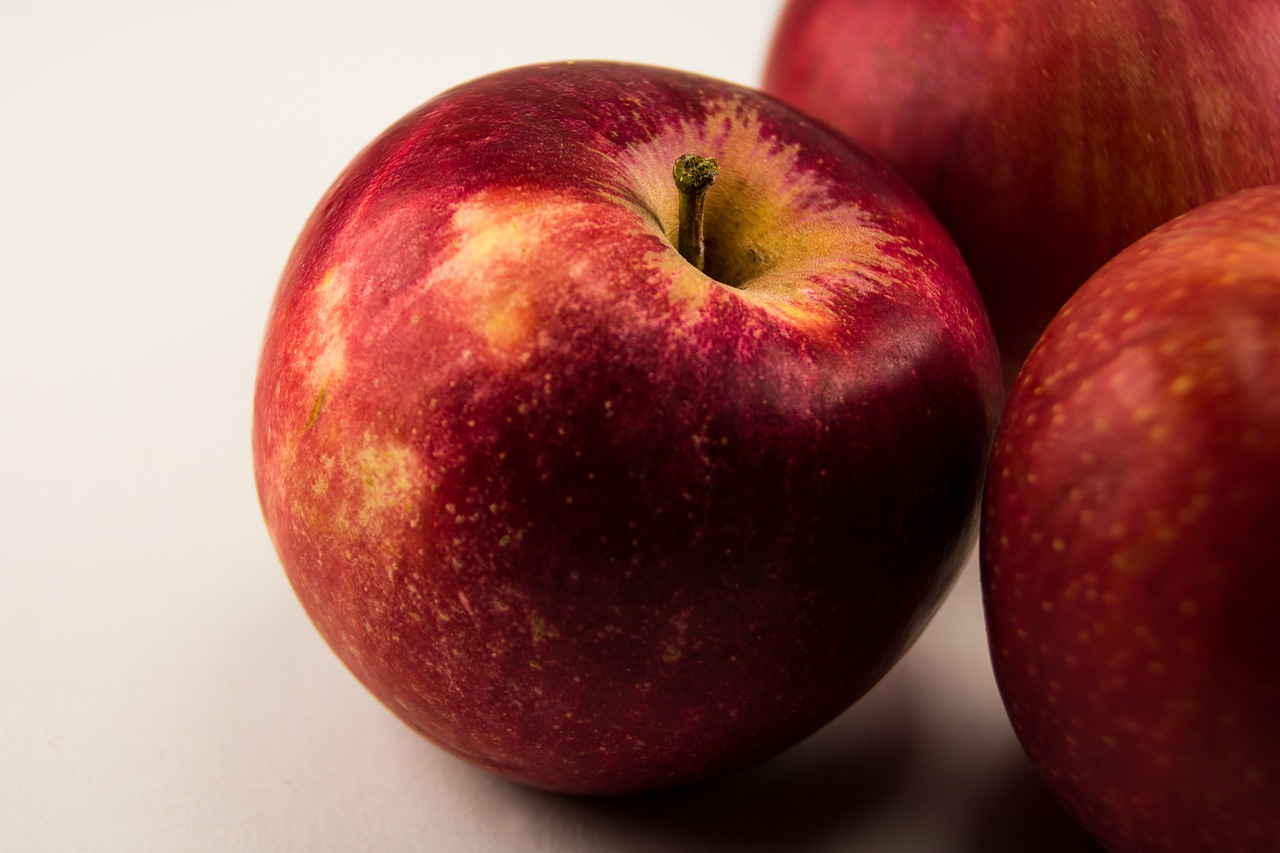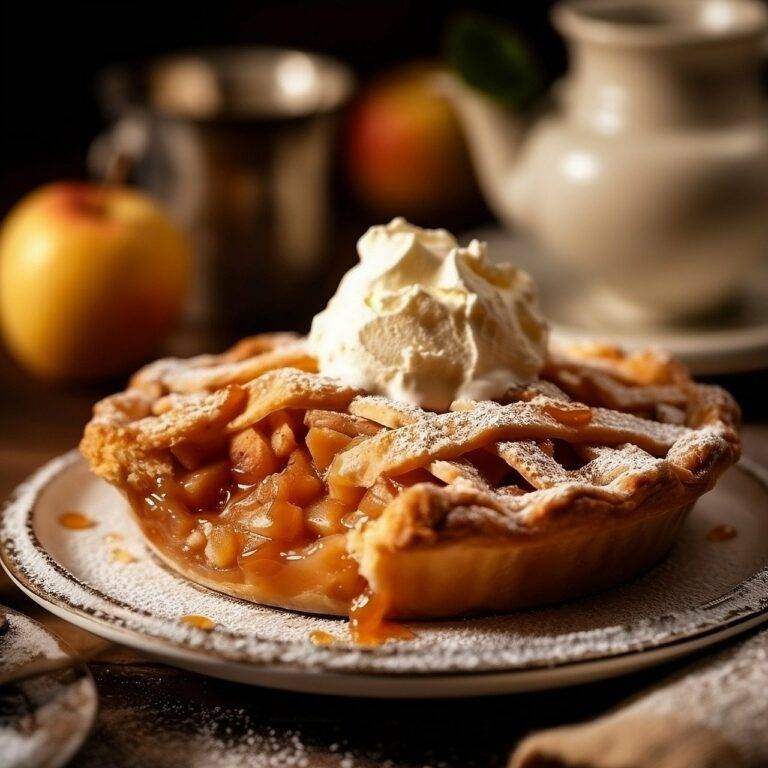A Beginner’s Guide to Wine Tasting and Appreciation
When tasting wine, it’s important to start by observing the color and clarity of the wine in your glass. Swirl the glass gently to release the aromas, then take a moment to smell the wine. This initial step can give you a sense of what to expect in terms of flavor and complexity.
After appreciating the aroma, take a small sip of the wine and let it linger on your palate. Notice the different flavors that come through, such as fruity, earthy, or floral notes. Pay attention to the acidity, tannins, and body of the wine, as these elements contribute to the overall tasting experience. By focusing on these aspects, you can start to develop a better understanding of your palate preferences and begin to appreciate the intricacies of different wines.
Developing Your Palate
One way to enhance your palate is by practicing mindful tasting. When trying a new wine, take a moment to observe its color, swirl it gently to release its aromas, and then take a small sip to analyze the flavors. Pay attention to the different tasting notes such as fruit, acidity, tannins, and finish. By consciously engaging with the wine in this way, you can better train your palate to discern the nuanced characteristics of different varietals.
Another effective method to develop your palate is through comparative tasting. Select two or more wines of the same varietal or from the same region and taste them side by side. Contrasting the flavors, aromas, and structures of the wines can help you identify subtle differences and similarities. This exercise not only refines your tasting skills but also allows you to appreciate the complexity and diversity within the world of wines.
What are some basic tips for wine tasting?
Some basic tips for wine tasting include smelling the wine before tasting, taking small sips to fully experience the flavors, and paying attention to the wine’s texture and finish.
How can I develop my palate for wine tasting?
To develop your palate for wine tasting, try tasting a variety of wines from different regions and grape varietals, paying attention to the flavors and aromas present in each wine. Practice describing what you taste and smell to help train your palate.
Are there any specific techniques for tasting wine that can help improve my palate?
Yes, there are several techniques that can help improve your palate for wine tasting, such as taking notes on the wines you taste, comparing different wines side by side, and participating in blind tastings to challenge your taste buds.
What are some common flavor descriptors used in wine tasting?
Common flavor descriptors used in wine tasting include fruity, floral, herbal, spicy, oaky, and earthy. It’s important to develop your own vocabulary for describing wine flavors based on your own experiences and preferences.
How can I continue to improve my palate for wine tasting over time?
Continuously tasting new wines, seeking out opportunities to learn from wine experts, and experimenting with food and wine pairings can all help you continue to improve your palate for wine tasting over time. Remember that developing your palate is a journey, and the more you practice, the more you will learn and grow as a wine taster.





